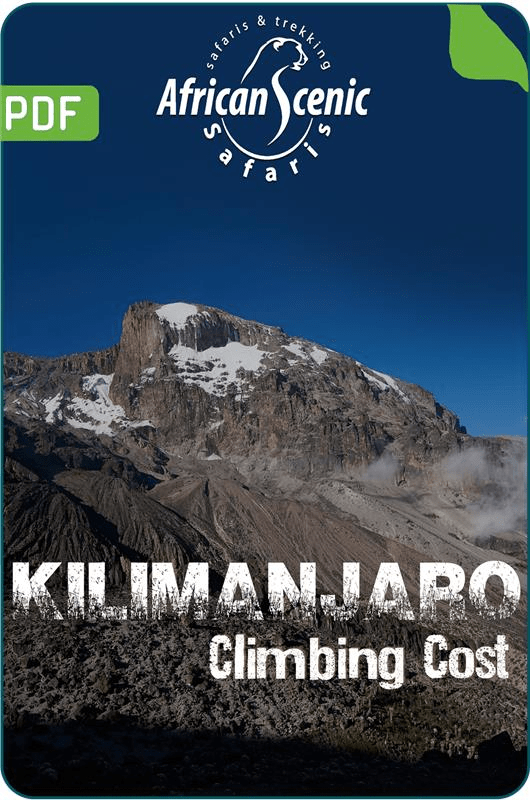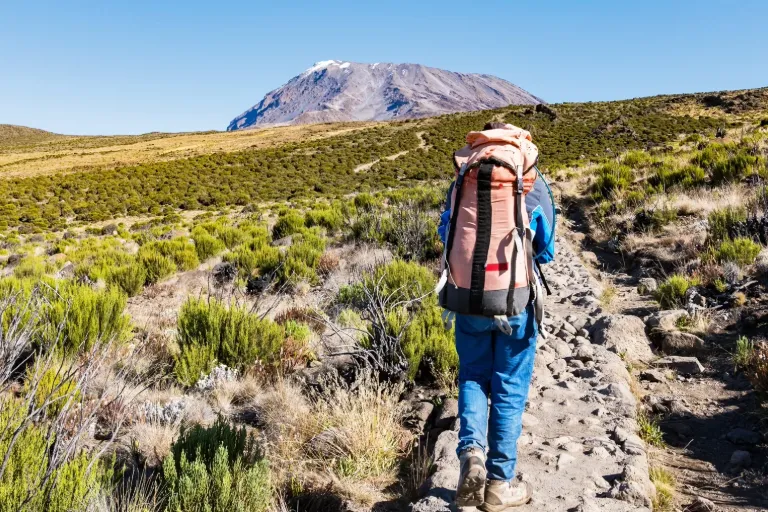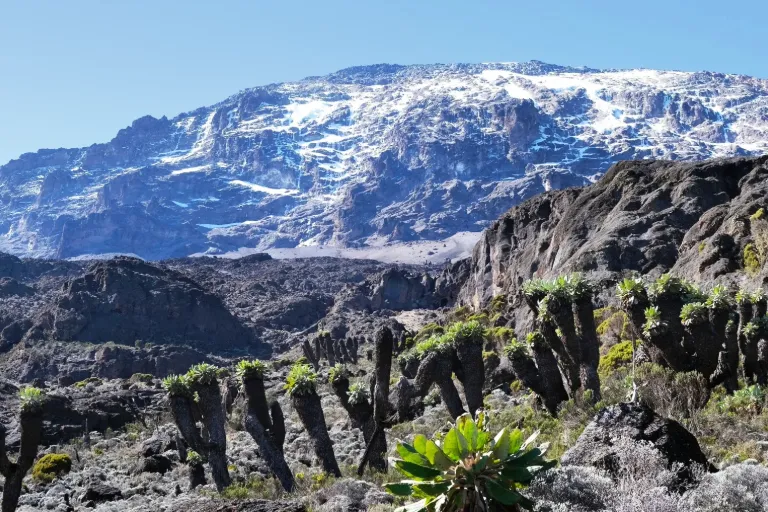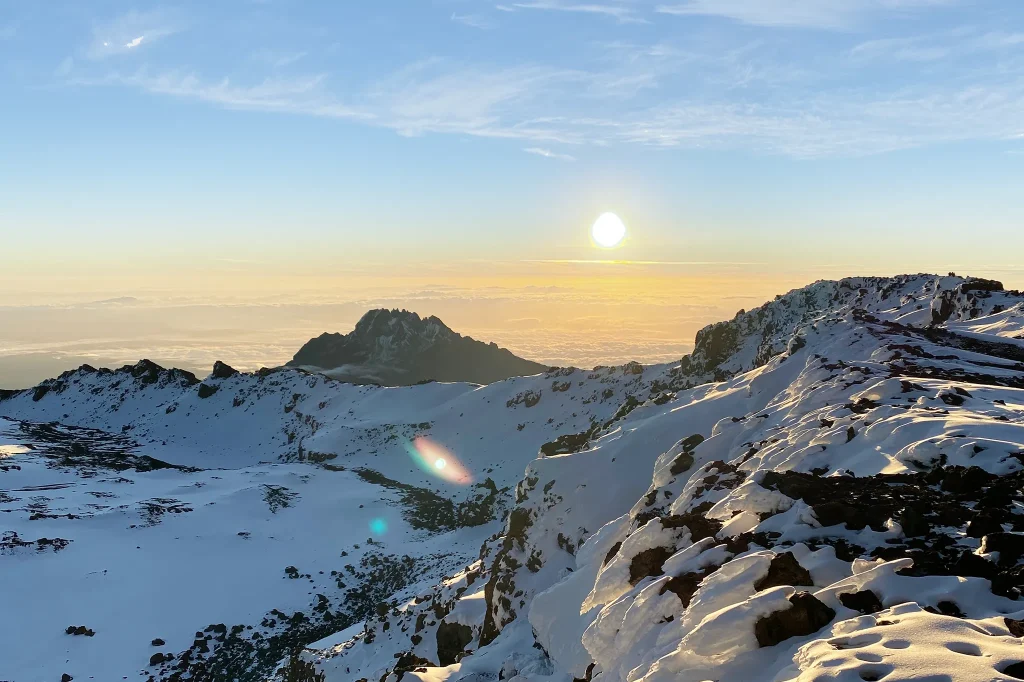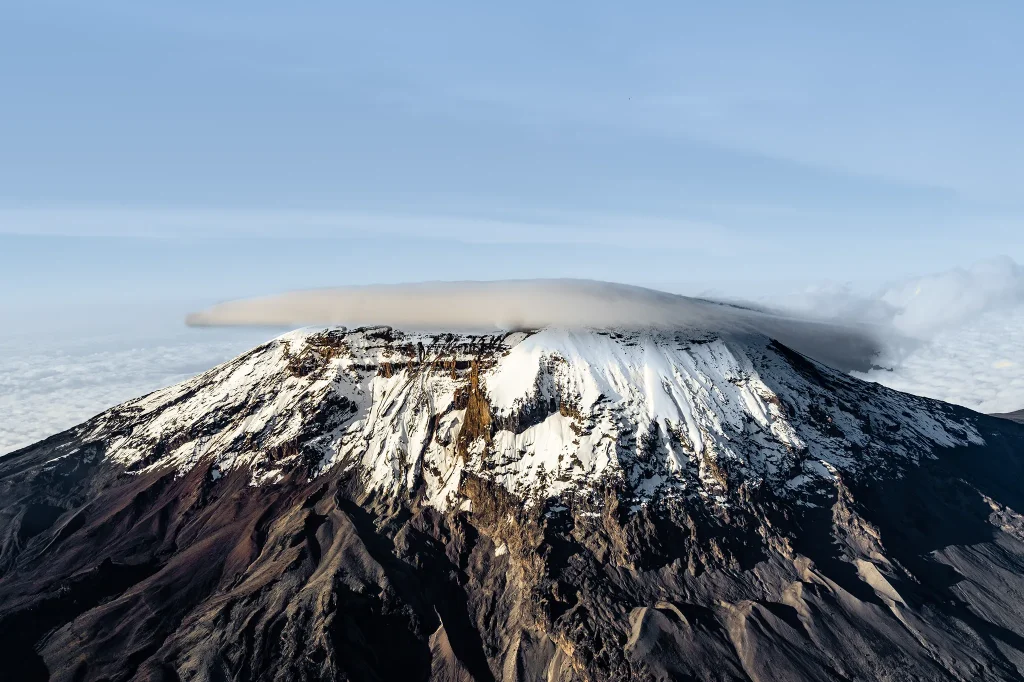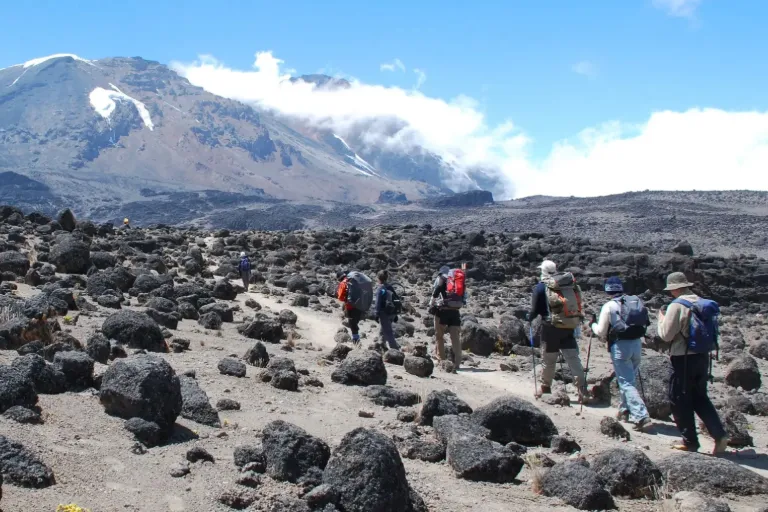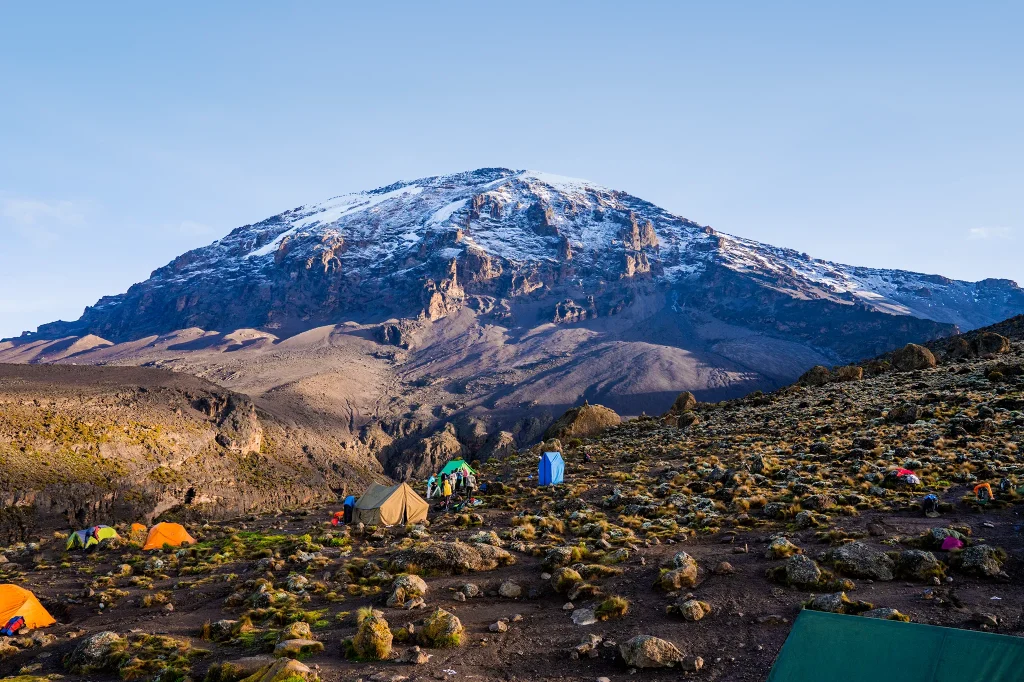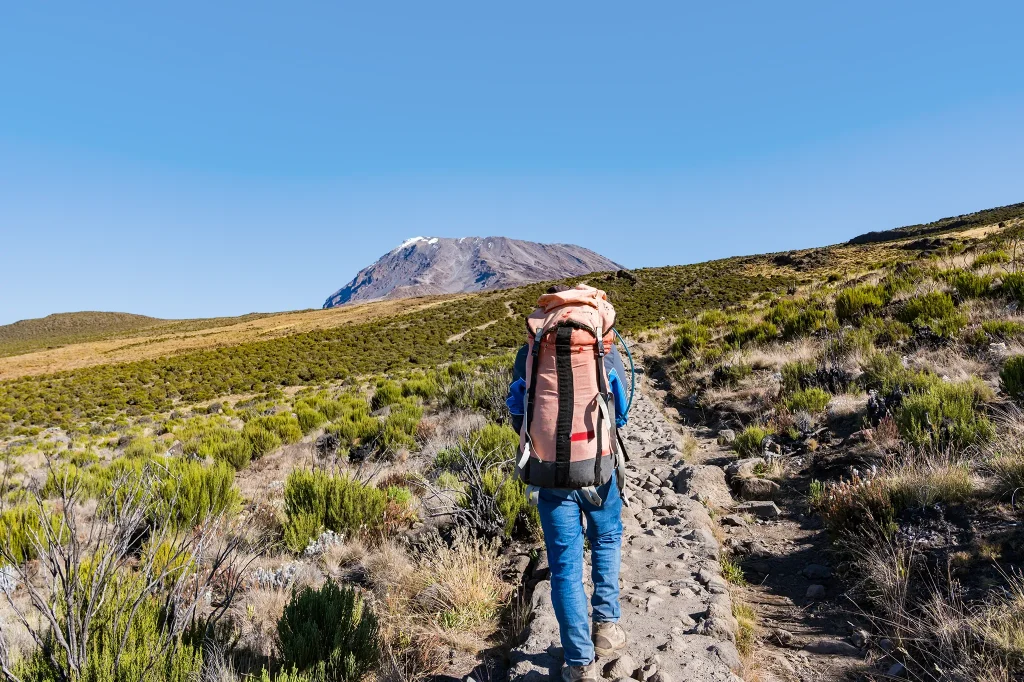Mount Kilimanjaro is by far the most iconic and popular of the Seven Summits – the highest peaks on each continent. One of the major factors for this is the otherworldly and impossible-to-fathom Kilimanjaro Height. For hiking enthusiasts around the globe, scaling this unbelievable height is right at the top of their dream journals.
If you have a question floating around in your mind about the Kilimanjaro Height aspects and why it’s considered one of the best of the seven summits, then we’ll tell you exactly why in this blog post. So, let’s get going!
Why Is Kilimanjaro’s Height an Important Factor?
The Height of Kilimanjaro is one of the critical factors that attract climbers from across our planet. It provides a sense of untapped potential, adventure, accomplishment, and yes, even awe, that’s almost impossible to replicate elsewhere.
Climbing Kilimanjaro requires considerable physical and mental effort, and the Kilimanjaro Height adds an extra layer of challenge and excitement to your voyage up the mountain.
Words of Wisdom – A Kilimanjaro Climb also requires climbers to acclimate to the altitude slowly. This process involves the body adapting to the lower atmospheric pressure and lower oxygen levels at higher altitudes, and it takes time. Climbers need to pace themselves and ascend gradually to avoid altitude sickness.
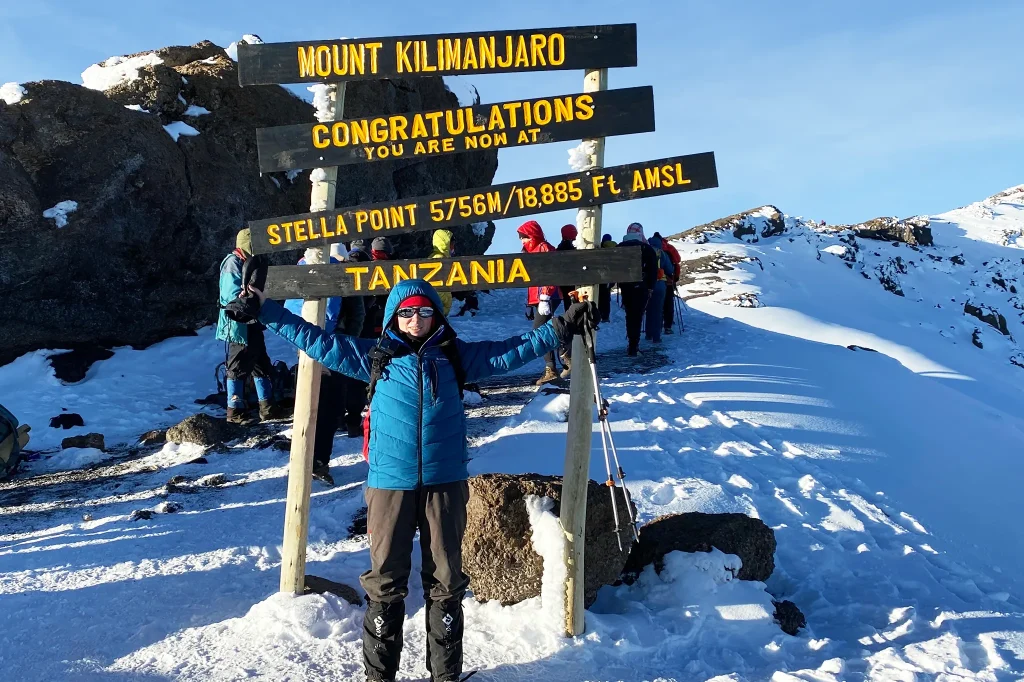
Kilimanjaro Height Compared to the Other Seven Summits
The Kilimanjaro Height above Sea Level is one of the most significant factors that draws out several adventurers seeking a challenge. The following is a height comparison of Kilimanjaro to the other six summits:
| MOUNTAIN | HEIGHT (in metres) | HEIGHT (in feet) |
| Kilimanjaro | 5,895 m | 19,341 ft. |
| Mount Elbrus | 5,642 m | 18,510 ft. |
| Mount Vinson | 4,892 m | 16,050 ft. |
| Aconcagua | 6,962 m | 22,841 ft. |
| Mount McKinley (Denali) | 6,194 m | 20,320 ft. |
| Puncak Jaya (Carstensz Pyramid) | 4,884 m | 16,024 ft. |
| Mount Everest | 8,848 m | 29,029 ft. |
As it’s evident from the above representation, Mount Kilimanjaro is the fourth highest of the seven summits, behind Mount Everest, Aconcagua, and Denali. Despite being the fourth highest, though, it’s still a significant height for climbers on the lookout for a challenge.
Kilimanjaro’s Elevation Gain
Another aspect that makes Climbing Kilimanjaro stand out is its elevation gain. On your expedition, you start at the base of the mountain and climb to the summit, Uhuru Peak, which is at an elevation gain of over 4,800 metres (15,750 feet).
Below is the Elevation of Mt Kilimanjaro in comparison to the other six summits:
| NAME OF THE MOUNTAIN | ELEVATION GAIN (in metres) | ELEVATION GAIN (in feet) |
| Mount Kilimanjaro | 4,869 m | 15,984 ft. |
| Mount Elbrus | 4,741 m | 15,554 ft. |
| Mount Vinson | 2,155 m | 7,070 ft. |
| Aconcagua | 3,962 m | 13,022 ft. |
| Mount McKinley (Denali) | 4,145 m | 13,796 ft. |
| Puncak Jaya (Carstensz Pyramid) | 4,884 m | 16,024 ft. |
| Mount Everest | 3,900 m | 12,795 ft. |
Kilimanjaro has the second-highest elevation gain of the seven summits, behind only Mount Everest. So, if you want a high-altitude trekking challenge, then Mount Kilimanjaro Elevation will offer you precisely that.
Mount Kilimanjaro may not be the tallest, but its height, accessibility, and unmatched beauty make it the most inspiring summit for climbers chasing both adventure and personal achievement.
Other Factors that Make Kilimanjaro the Best of the 7 Summits
Now that we’ve laid rest to the Kilimanjaro Climb Height, let’s put some other factors under the microscope and see why Mount Kilimanjaro is regarded as the best of the Seven Summits.
Impressiveness – Kili’s stately wonders!
Kili’s towering grandness is sure to leave everyone shell-shocked, and why not? Standing at Uhuru Peak is an experience that’s best left to the otherworldly imagination. It rises above the Maasai land of Tanzania in royal form, and simply put, it is in a word – iconic. Thus, who doesn’t want to tick off such an iconic destination from the bucket list of their dreams?
Achievability – Within everyone’s reach!
While climbing any of the seven summits is an impressive feat, Kilimanjaro stands out as one of the most achievable mountains to climb.
The mountain’s gradual ascent and varied routes mean that climbers can adjust their pace to their fitness level and acclimatise slowly, reducing the risk of altitude sickness. Additionally, the mountain has a high success rate for summit attempts, with more than 90% of climbers successfully reaching the top.
Uniqueness – So unmatched that you’ll become attached!
Kilimanjaro is a unique mountain in many ways. It is the only mountain in Africa with glaciers and is home to several distinct ecological zones, each with its unique flora and fauna. Mount Kilimanjaro Climbing is also a unique experience due to the different routes, each offering a unique perspective and scenery of the mountain.
Accessibility – Express Access!
Even though Kilimanjaro is located in a remote region, in terms of accessibility travelling here is straightforward. Plus, the mountain has several routes with varying degrees of difficulty, making it possible for almost anyone to climb it. And, Kilimanjaro doesn’t require any technical climbing skills, making it an excellent choice for those who want to experience high-altitude trekking without the need for specialised gear or training.
The People – Communal Experiences that Matter!
Did you know that Mount Kilimanjaro Tours is also a cultural experience? Seems unlikely, right? Let us then clear some things up! The area surrounding the mountain is also home to the Chaga and Maasai communities. Along your hiking voyage, you’ll also learn a lot about the way of life.
This will be right out of the voices of the people who have grown right in the shadow of Kilimanjaro, from guides and chefs to porters and rangers.
Accept The Uniqueness Of Kilimanjaro Height with Open Arms!
So, there we have it, that was all about the importance of Kilimanjaro Height and some reasons why it is the best of the Seven Peaks. And, why wouldn’t it be? Because who doesn’t want to tick such an iconic mountain off their bucket list?
Even though it’s not among the tallest of the seven peaks (that honour belongs to Mount Everest).
Yet a Mount Kilimanjaro Climbing experience is assured to knock you off your feet, and believe us, we aren’t exaggerating one bit.
Ready to find this out for yourself? Then, book one of our wide range of Kilimanjaro Climbing Packages and marvel at Kilimanjaro’s height in the flesh.






